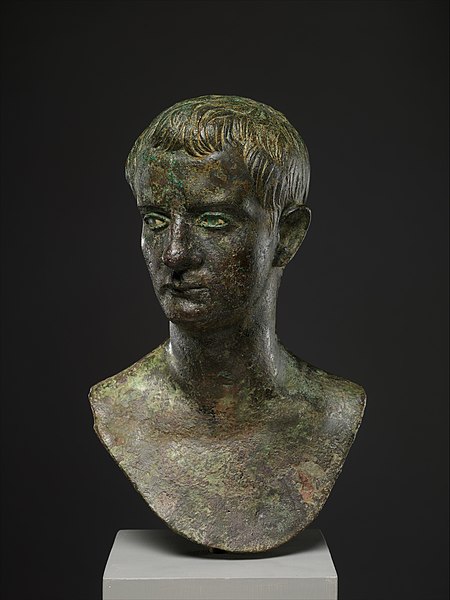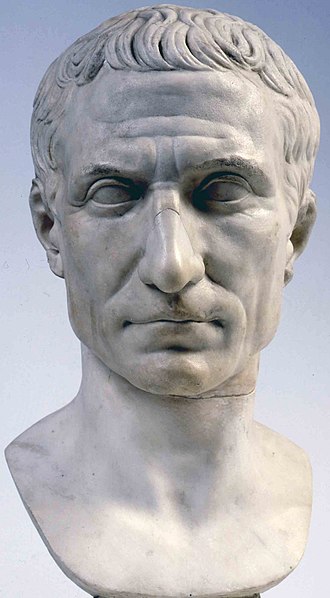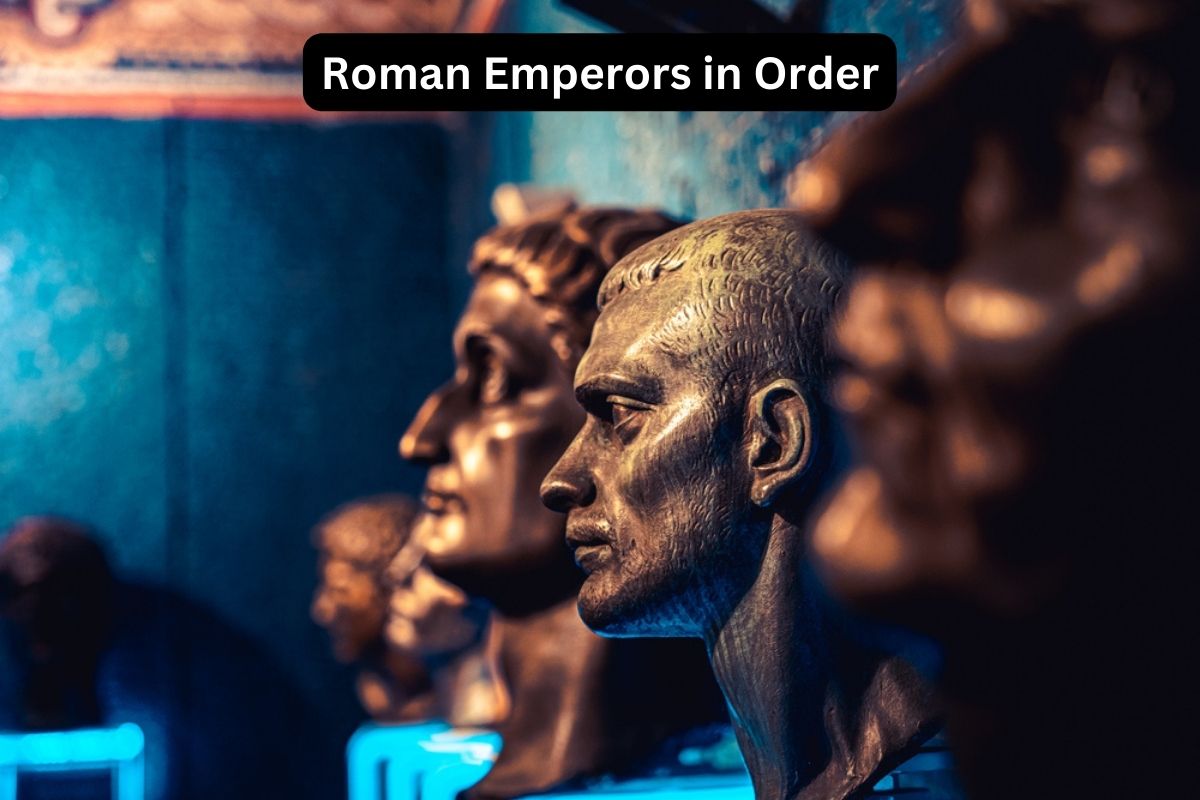The Roman Empire spanned over centuries and encompassed vast territories across Europe, Africa, and Asia. The emperors of Rome held significant power and shaped the destiny of the empire.
From Augustus, who established the principate and ushered in the Pax Romana, to Constantine the Great, who transformed the empire and shifted its capital to Constantinople, these emperors left an indelible mark on history.
Their reigns witnessed conquests, political intrigue, cultural advancements, and significant changes in governance.
Exploring the timeline of Roman emperors provides a glimpse into the rise and fall of one of the most influential and enduring civilizations in human history.

Also Read: Roman Empire Timeline
Roman Emperor Timeline
| Emperor | Reign | Notable Events |
|---|---|---|
| Augustus | 27 BC – 14 AD | Established the Roman Empire |
| Tiberius | 14 AD – 37 AD | Consolidated the empire |
| Caligula | 37 AD – 41 AD | Known for his extravagant and erratic behavior |
| Claudius | 41 AD – 54 AD | Conquered Britain and expanded the empire |
| Nero | 54 AD – 68 AD | Persecuted Christians and blamed for the Great Fire of Rome |
| Galba | 68 AD – 69 AD | First emperor of the Year of the Four Emperors |
| Otho | 69 AD | Ruled for a short time after the death of Galba |
| Vitellius | 69 AD | Ruled for a short time after the death of Otho |
| Vespasian | 69 AD – 79 AD | Initiated the Flavian dynasty and restored stability |
| Titus | 79 AD – 81 AD | Known for his military victories and the eruption of Mount Vesuvius |
| Domitian | 81 AD – 96 AD | Increased the power of the imperial court |
| Nerva | 96 AD – 98 AD | Adopted Trajan as his successor |
| Trajan | 98 AD – 117 AD | Expanded the empire to its greatest extent |
| Hadrian | 117 AD – 138 AD | Constructed Hadrian’s Wall and focused on cultural achievements |
| Antoninus Pius | 138 AD – 161 AD | Known for his peaceful reign and legal reforms |
| Marcus Aurelius | 161 AD – 180 AD | Philosopher emperor and author of “Meditations” |
| Commodus | 180 AD – 192 AD | Known for his megalomania and gladiatorial activities |
| Pertinax | 193 AD | Ruled for a short time after the assassination of Commodus |
| Didius Julianus | 193 AD | Ruled for a short time after buying the throne |
| Septimius Severus | 193 AD – 211 AD | Established the Severan dynasty and strengthened the military |
| Caracalla | 211 AD – 217 AD | Granted Roman citizenship to all free inhabitants |
| Macrinus | 217 AD – 218 AD | First non-senatorial emperor and faced military defeats |
| Elagabalus | 218 AD – 222 AD | Introduced the worship of the Syrian sun god Elagabal |
| Severus Alexander | 222 AD – 235 AD | Youngest emperor in Roman history and faced Germanic invasions |
| Maximinus Thrax | 235 AD – 238 AD | First emperor from the lower class (plebeian) |
| Gordian I and Gordian II | 238 AD | Joint emperors during the Gordian dynasty |
| Pupienus and Balbinus | 238 AD | Joint emperors during the Year of the Six Emperors |
| Gordian III | 238 AD – 244 AD | Youngest sole Roman emperor at the age of 13 |
| Philip the Arab | 244 AD – 249 AD | First emperor of Arab origin |
| Decius | 249 AD – 251 AD | Instituted the first empire-wide persecution of Christians |
| Trebonianus Gallus | 251 AD – 253 AD | Made peace with the Goths and the Sassanid Empire |
| Aemilianus | 253 AD | Ruled for a short time before being assassinated |
| Valerian | 253 AD – 260 AD | Captured and held captive by the Sassanid Empire |
| Gallienus | 253 AD – 268 AD | Reorganized the Roman army and defended against invasions |
| Claudius Gothicus | 268 AD – 270 AD | Successfully repelled Gothic invasions |
| Aurelian | 270 AD – 275 AD | Restored unity to the Roman Empire and built Aurelian Walls |
| Tacitus | 275 AD – 276 AD | Restored stability after a period of crisis |
| Florianus | 276 AD | Ruled for a short time before being killed |
| Probus | 276 AD – 282 AD | Known for his military campaigns and public works |
| Carus | 282 AD – 283 AD | Launched a successful campaign against the Sassanids |
| Numerian | 283 AD – 284 AD | Ruled for a short time and died under mysterious circumstances |
| Diocletian | 284 AD – 305 AD | Introduced the Tetrarchy and implemented administrative reforms |
| Maximian | 286 AD – 305 AD | Ruled as co-emperor with Diocletian |
| Constantius Chlorus | 305 AD – 306 AD | Father of Constantine the Great and ruled in the West |
| Galerius | 305 AD – 311 AD | Ruled in the East as part of the Tetrarchy |
| Severus | 306 AD – 307 AD | Ruled briefly before being overthrown |
| Maxentius | 306 AD – 312 AD | Rival emperor in the West and fought against Constantine |
| Constantine the Great | 306 AD – 337 AD | Established Constantinople as the new capital |
| Licinius | 308 AD – 324 AD | Rival emperor in the East, defeated by Constantine |
| Constantine II | 337 AD – 340 AD | Ruled in the West after the death of Constantine |
| Constans | 337 AD – 350 AD | Ruled in the West as part of the Constantine dynasty |
| Constantius II | 337 AD – 361 AD | Last ruler of the united Roman Empire |
| Julian the Apostate | 361 AD – 363 AD | Attempted to restore pagan religion and culture |
| Jovian | 363 AD – 364 AD | Negotiated a peace treaty with the Sassanid Empire |
| Valentinian I | 364 AD – 375 AD | Divided the Roman Empire into East and West |
| Valens | 364 AD – 378 AD | Faced the Visigothic invasion and died at the Battle of Adrianople |
| Gratian | 375 AD – 383 AD | Favored Christianity and opposed pagan practices |
| Valentinian II | 375 AD – 392 AD | Became emperor at the age of four and ruled under the influence of others |
| Theodosius I | 379 AD – 395 AD | Made Christianity the official state religion |
| Arcadius | 395 AD – 408 AD | Ruled over the Eastern Roman Empire |
| Honorius | 395 AD – 423 AD | Ruled over the Western Roman Empire |
| Theodosius II | 408 AD – 450 AD | Reformed the legal system and sponsored Christian learning |
| Valentinian III | 425 AD – 455 AD | Puppet emperor controlled by powerful generals |
| Petronius Maximus | 455 AD | Assassinated after a short and tumultuous reign |
| Avitus | 455 AD – 456 AD | Deposed by Ricimer and exiled |
| Majorian | 457 AD – 461 AD | Attempted to restore the Western Roman Empire |
| Libius Severus | 461 AD – 465 AD | Puppet emperor controlled by Ricimer |
| Anthemius | 467 AD – 472 AD | Constructed the walls of Constantinople |
| Olybrius | 472 AD | Appointed emperor with the help of the Ostrogoths |
| Glycerius | 473 AD – 474 AD | Deposed by Julius Nepos |
| Julius Nepos | 474 AD – 475 AD | Last recognized Western Roman Emperor |
| Romulus Augustus | 31 Oct 475 – 4 Sep 476 AD | Deposed by Odoacer, marking the fall of the Western Roman Empire |

The Roman Empire had many emperors throughout its history. Here are some of the most notable ones:
- Julius Caesar (100 BC – 44 BC): While technically not an emperor, his rule marked the transition from the traditional Roman Republic to the Roman Empire. He was a military general who played a critical role in the events that led to the demise of the Roman Republic and the rise of the Roman Empire.
- Augustus (63 BC – 14 AD): The first true Roman Emperor, also known as Octavian. He was the adopted son of Julius Caesar and came to power after a long period of civil war. His rule established the Pax Romana, a period of peace and stability.
- Tiberius (42 BC – 37 AD): The second Roman Emperor. He was the stepson of Augustus and his rule was marked by a number of significant military victories.
- Caligula (12 AD – 41 AD): Known for his erratic behavior and extravagant lifestyle. His reign was characterized by cruelty, sadism, extravagance, and sexual perversion.
- Claudius (10 BC – 54 AD): The fourth Roman Emperor, known for his administrative reforms and construction projects.
- Nero (37 AD – 68 AD): Known for his artistic endeavors and extravagance. He is infamously associated with stories of him playing the fiddle while Rome burned in a great fire.
- Vespasian (9 AD – 79 AD): He initiated construction of the Colosseum and dealt with the financial strains of the empire following Nero’s rule.
- Titus (39 AD – 81 AD): Completed the construction of the Colosseum. His rule was marked by a series of natural disasters, including the eruption of Mount Vesuvius.
- Trajan (53 AD – 117 AD): One of the most celebrated Roman Emperors, known for his public building programs, which reshaped the city of Rome, and for his military conquests.
- Hadrian (76 AD – 138 AD): Best known for building Hadrian’s Wall, which marked the northern limit of Britannia.
- Marcus Aurelius (121 AD – 180 AD): The last of the so-called Five Good Emperors. He is also considered one of the most important Stoic philosophers.
These are just a few examples. The history of Roman emperors is filled with intrigue, warfare, politics, and fluctuating fortunes. The role and function of the emperor evolved significantly from the early days of Augustus to the fall of the Western Roman Empire in 476 AD.
